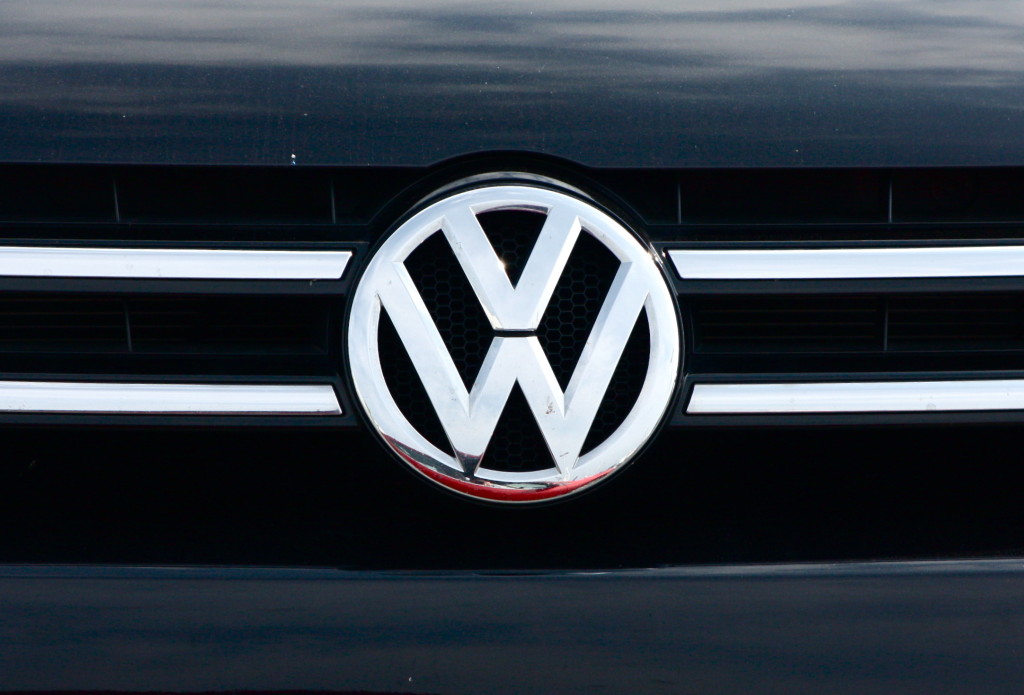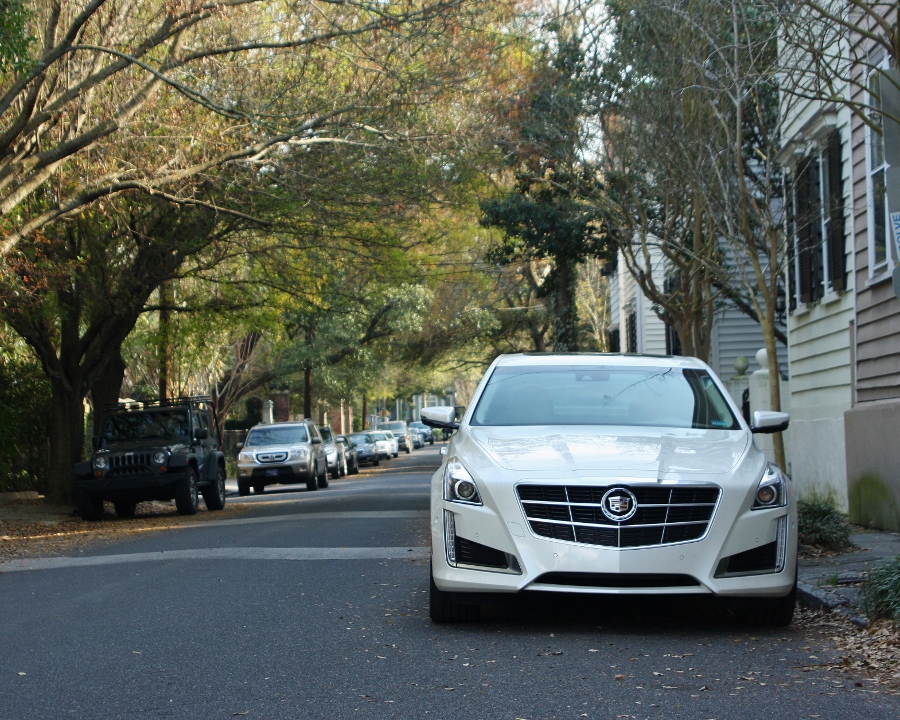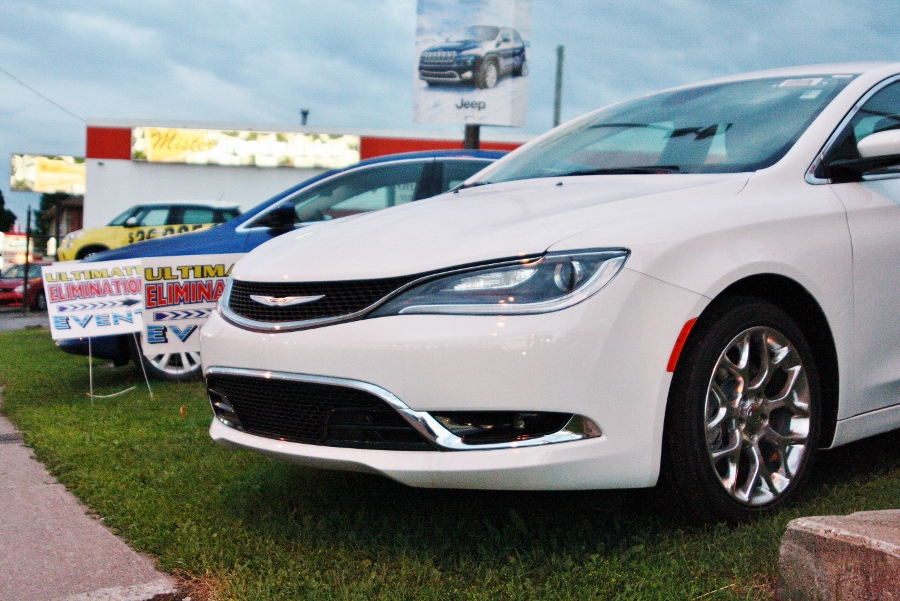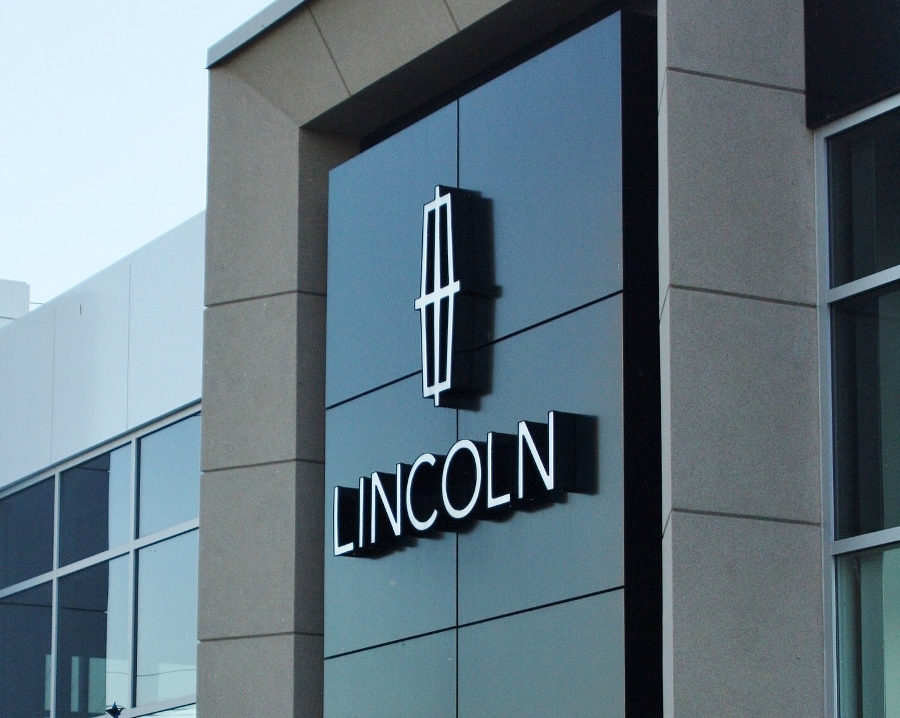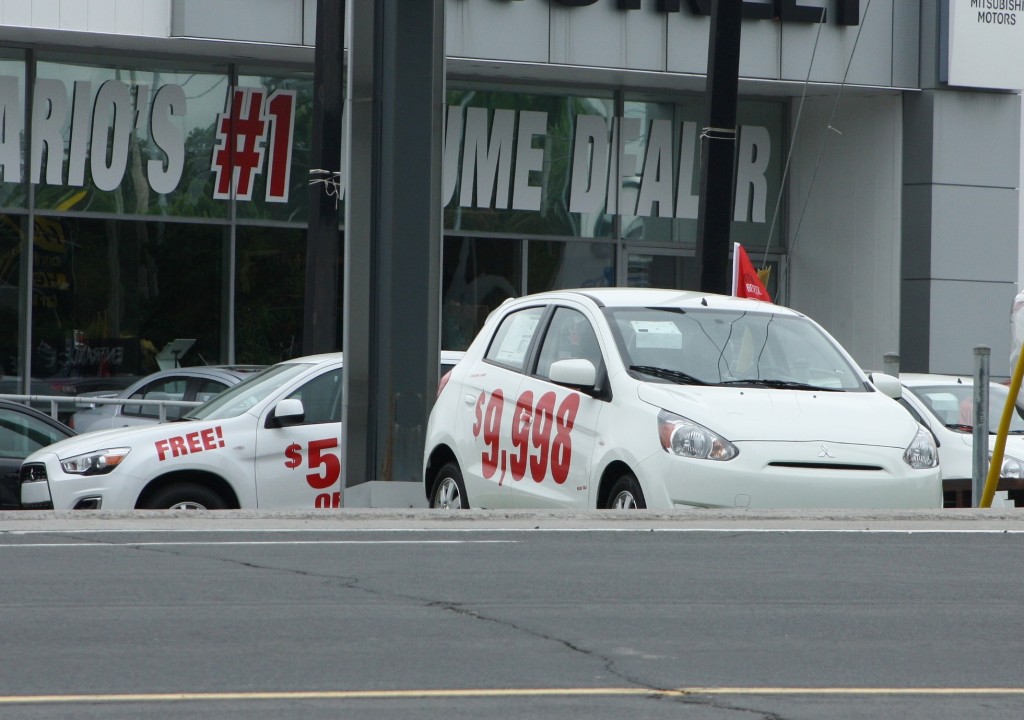China’s growing appetite for buying anything that has four wheels and isn’t from Japan has been a boon to many automakers, and Volkswagen is no different.
The German automaker joins the likes of GM, Jaguar and BMW in reaping the financial rewards of the voracious consumerism overtaking that society. However, the boosted revenue from the Chinese market hasn’t corrected a growing problem at VW – and that is the stagnancy of the brand overall.
The Wall Street Journal reports that while the company’s net revenue rose 12.5% this last quarter (year-over-year), actual profits for the VW brand are dropping as costs rise.
(See article here: http://tinyurl.com/k2q9we3)
China notwithstanding, VW just isn’t doing the big business in Western markets that it had hoped to just a few years previous. The company’s luxury brands – Audi and Porsche – are the only VW products making gains in the U.S.
Invaluable vehicle sales website www.goodcarbadcar.net (bless their hearts!) shows Audi sales in the U.S. up 13.3% year-to-date compared to 2013, while Porsche is up 8.3% for the same period.
Volkswagen? Well, U.S. sales of its vehicles are down 13.6% compared to last year, dragging the company’s overall sales down 5.3% below 2013 numbers.
In Canada, a much smaller market that has traditionally been partial to small cars, VW sales saw a modest 5.2% year-to-date increase over 2013. However, this number takes into account a big sales month for July; at the end of June, year-to-date VW sales were in the negative, down 2.3%.
Meanwhile, Audi and Porsche sales in Canada have risen 9.9% and 33.9% (respectively) so far this year.
Recent media reports have shown a serious sales slump in South American, which is traditionally a strong market for VW.
When Bugs aren’t enough
So, what’s an automaker like VW to do to lure back those buyers? What do the United States and South America want from it? A giant SUV? A super-cheap subcompact? Vans?
On the U.S. front, it has been reported that a seven-seat midsize SUV is America-bound, but one new niche vehicle isn’t going to turn the tide and hold it there. My personal feeling is that an exciting new small car that isn’t the Golf – something a little smaller, a little cheaper, and a lot more high-tech – could do well in North America, but it could be problematic as well.
Europe, Asia, South America and just about everywhere outside of the U.S. and Canada already have the super-compact VW Polo, and have for years. Slotting another small car there into the existing lineup wouldn’t make sense, and producing a new non-Polo vehicle for North America could be an expensive proposition given the limited market and the public’s yet-unknown interest.
Could something be built on a Polo platform? Maybe it could be called a Fox, for retro name recognition. Or: are there enough aging hippies and budding flower children to really make a Microbus or a mini-Microbus a success?
Another idea would be to squeeze more sales out of VW’s existing lineup. Is it possible to diversity the Golf/Jetta/Passat even more?
These aren’t decisions I have to make, and that’s a good thing. Time will tell what strategy VW employs.
